#domestic history
Text
Cornell University have an archive of Good Housekeeping from 1885 to 1950.
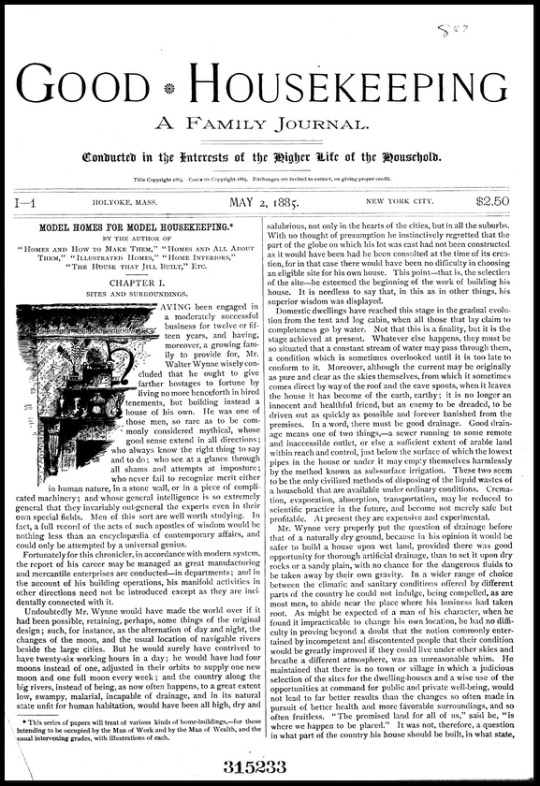
However, I'm very curious about $2.50 in the top right corner. That's where I'd expect a per-issue price to be, but $2.50 in 1885 is equivalent to just short of $80 today, so surely that cannot be correct?
#domestic history#food history#magazines#vintage#retro#mid-century aesthetic#good housekeeping#archives#digital archives
0 notes
Text
I think it's so adorable that early humans took wild gourds - a tiny fruit that hollows out as it dries, making it float - and decided to make something out of it

they thought the tiny fruit was so good that they bred it for thousands of years, making it larger to form into bowls and cups, and different shapes to become bottles and spoons


and musical instruments


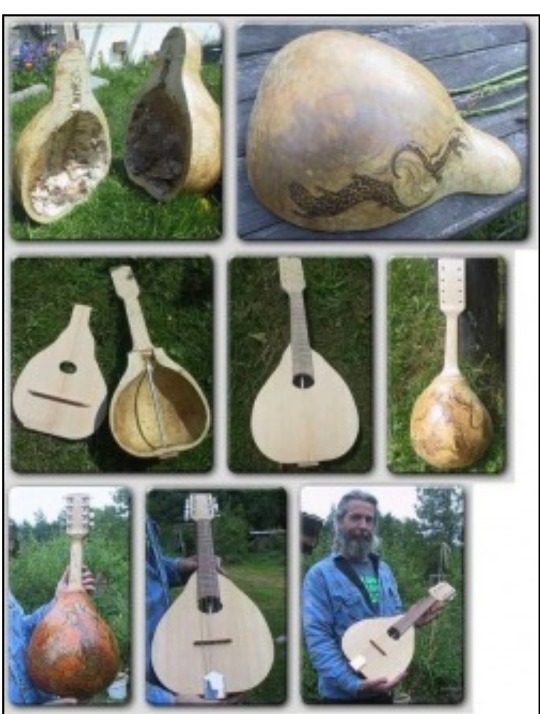
And then, people took the hollow gourds they farmed, and they turned them into houses for birds. We adapted them into the perfect houses for birds, and now there are specific breeds of birdhouse gourd just for making into birdhouses


And humans dedicated gardening space and time and thousands of years of breeding to make the gourds so absolutely perfect for birds, that there is a species of bird that lives almost exclusively in them
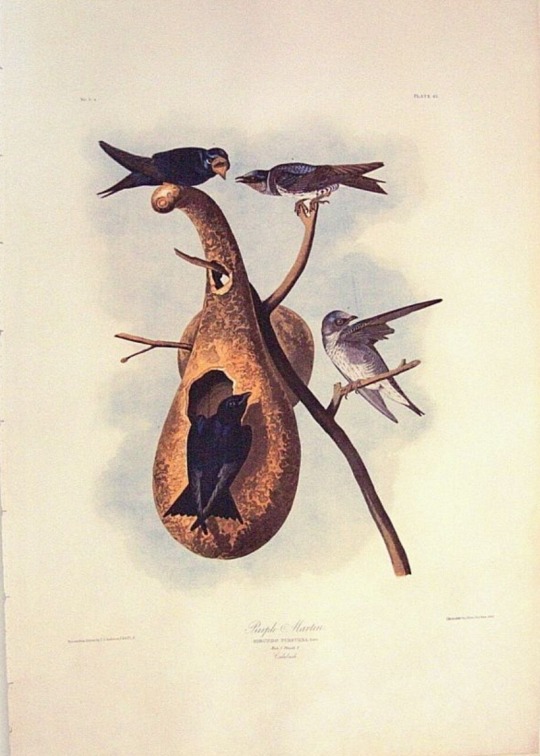
#yes I KNOW i posted about this the other day but *crying* i just love plant domestication and the history of agriculture#and humanity's positive affect on the ecosystems we live in#mine#image IDs in alt text#hmm. I'm gonna tag this#permaculture#just to pspsps @ that community to look at how cool gourds are please everyone grow birdhouse gourds and give cavity nesters places to live#i don't think mine will become fully ripe before i get my first frost :( next year i need to start gourds indoors#i didn't want to grow them before because i didn't have much garden space but now i do and i need to grow all of them#i might be. a little obsessed with gourds. but also i saw a pair of purple martins flying by the road last year#and i had never seen one before then! and i need to see more of them#i have a few hundred barn swallows but i need more birds flying around my house. more!!#and also i have a ton of invasive cavity nesting species around here. house sparrows and starlings.#gotta make up for those things competing with native birds for nest dites#*sites#the invasive birds very often win :/#that's why they're invasive#i really do need to start trapping them....
31K notes
·
View notes
Text
tumblr: your boss is not your friend! they shouldn't be making you do emotional labor! work-life balance! do only what they pay you for and then check out! [to be clear, I agree with this sentiment]
also tumblr: omg why is this literary protagonist saying she's LONELY when there are SERVANTS ALL AROUND HER?! what a SNOB she is to not BEFRIEND THEM AND TELL THEM ALL HER TROUBLES!!!
#tell me you're not seeing it from the workers' perspective without telling me...#history#historical fiction#domestic work#domestic workers
2K notes
·
View notes
Text

Elizabeth Okie Paxton (American, 1877-1971) • The Breakfast Tray • c. 1910 • Private collection
Elizabeth Okie Paxton was married to William McGregor Paxton (1869-1941).
#art#fine art#painting#art history#elizabeth okie paxton#woman painter#boston school#william mcgregor paxton#the painted room art blog#paintings of domestic interiors#american artist#paintings of interiors
909 notes
·
View notes
Text




Source: Dyke Strippers; Lesbian Cartoonists A to Z , edited by Roz Warren
#when will it be my turn 😫😫😫#d slur#domestic lesbians#lesbian intimacy#lesbian love#lesbian relationship#lesbian history#lesbian positivity#lesbian comic#lesbian art#image#lgbt#lesbian#art#personal
10K notes
·
View notes
Text
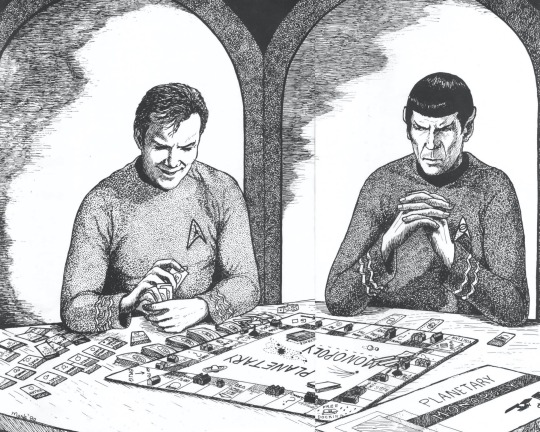




Galactic Discourse Fanzine (1977-1987)
Monopoly: Merle Decker, 1980 || At Ease: Nan Lewis, 1980 || Sledding: Toni Hardeman, 1983 || Pillow Fight: TACS, 1987 || Sand Castles: ERIC, 1987
#i am BESIDE myself#six decades and all fans want to see is them in domestic bliss#they are having a great time!!!!#star trek#vintage#art#eternal fandom#spirk#fanzine#trekkies#space husbands#star trek tos#the original series#spock#captain kirk#fan art#history
703 notes
·
View notes
Text
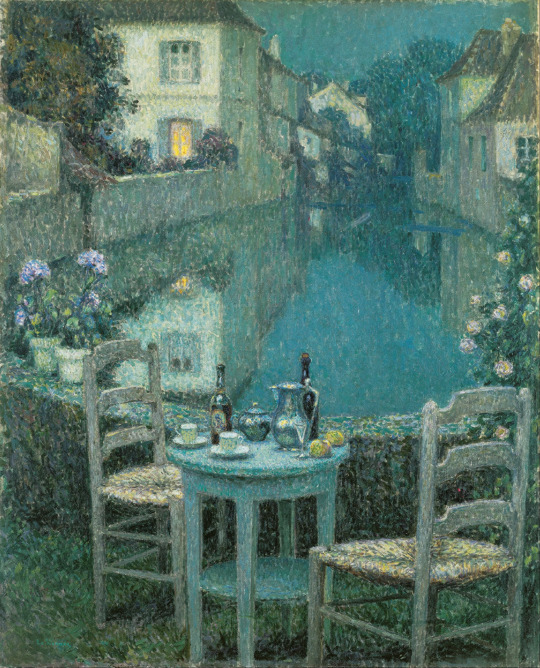
Small Table in Evening Dusk, Henri Le Sidaner, 1921
#art#art history#Henri Le Sidaner#domestic scene#evening scene#Post-Impressionism#Intimism#France#French art#20th century art#oil on canvas#Ohara Museum of Art
519 notes
·
View notes
Text


Maybe the coolest exhibit at the natural history museum in Bern is the one about Saint-Bernard dogs, and more specifically, the Swiss icon Barry!

Barry is known for having saved 40 people as a rescue dog in the Swiss Alps between 1800 and 1812. He died in 1814 and his body was given to a taxidermist to preserve. The museum had him remounted in 1923, because he didn't really look like he did in life and the museum director thought the dog deserved better. This is what he looked like before:




They no longer needed to use the actual skull for the mount, so now it's on display! They also have a wolf skull (left) and a modern day Saint-Bernard skull (right) to show how much the breed has changed.
There is also a taxidermied modern day Saint-Bernard, a ten year old male that was donated to the museum after he died of natural causes:


Marc Nussbaumer has written the book "Barry vom Grossen St. Bernhard" about the process of restoring Barry, the history and development of the Saint-Bernard, and also the history of the region the breed comes from and their use as working dogs. It's only available in German, but it has a bunch of old art and pictures so it's also nice just to flip through it to look at those. I bought the book at the museum but it can be bought online, though the shipping can get very expensive 🥲
#vulture culture#taxidermy#dog.#natural history museum Bern#museum#my post#skull#wolf.#canid.#tw domestic death#history
168 notes
·
View notes
Text
Time Travel Question 16: Ancient History VII and Earlier
These Questions are the result of suggestions from the previous iteration.
This category may include suggestions made too late to fall into the correct grouping.
Please add new suggestions below if you have them for future consideration.
I am particularly in need of more specific non-European suggestions in particular, but all suggestions are welcome.
#Time Travel#Morocco#Phoenicia#The Mediterranean#The Xia Dynasty#Pompeii#Domestication#Agricultural Revolution#Finish history
317 notes
·
View notes
Text
AU where William opened a restaurant, a normal diner with breakfast & no singing bears, until one day the local mechanic who’s known for being a bit eccentric shows up like hey ‘can my animatronic band play here?’ and William, completely sleep deprived and running on half a donut, absentmindedly says ‘sure’ and the next day lo and behold there they sit up on a little makeshift stage, and William is trying to remember how they got there but is still too tired to give a single solitary fuck and hey the customers seem to like them, so there they stay
#and then he develops a crush on said mechanic who comes to maintenance them and the rest is history#as in they both end up on fire one day bc one of them. not naming names. got a little stabby#no real tho#I love the thought of restaurant owner will#who allows henry to showcase his ideas/ inventions in said restaurant#slowly falling in love#and then living forever in domestic bliss#fnaf#five nights at freddy's#william afton#henry emily#my hcs#spontaneous meeting AU
81 notes
·
View notes
Text
“The queerness of Mother 3 is a complicated thing. It’s ever present but just how much is supposed to be played for jokes and just how much is to be taken sincerely remains unclear. At the center of this is our protagonist, Lucas. Lucas is an absolute softy, a total mama’s boy. He is not fast, strong, or brave. All of those qualities are held by his adventurous twin brother, Claus. When their mother, Hinawa, dies, Claus swears revenge and embarks on a journey, but Lucas just cries. He visits his mother’s grave daily. He’s not looking for adventure or vengeance, he’s just sad.
It’s through these early sections of grief that Lucas’s queerness begins to appear. He’s incredibly close with his mother. His father, Flint, is generally absent and when he is present seems more concerned with finding Claus than raising Lucas. Lucas is sensitive to a fault and in opposition with the world around him, one where boys play outside trying to tackle dinosaurs all day. As his village, Tazmily, leaves behind its early idealism in favor of a more commercial existence, its citizens become darker, more sinister. They’re meaner, harder, and also apathetic to the changes around them. The more they change the more it highlights how different Lucas is. He stays soft, he cares so much, he just wants to help.
…
Lucas’s greatest strength is his softness, his kindness. …In the final battle of the game we see him, alone, fighting a brainwashed Claus with the fate of the world hanging in the balance. Claus launches attack after attack, but Lucas will not hit him back no matter what the player does. Instead Lucas can guard, he can heal himself, and he can believe in his brother. He can even cry a little.”
— Dave Tomaine, “Mother Is Mothering: Grief, Queerness, and Softness in Mother 3”
#mother 3#queer history#queer theory#what if we were meant to stay home#to stay at home in ourselves#what if we were never meant for the hero’s journey#but to be the one who folds the laundry and cleans the gravestones#who keeps a home tidy for to bear all our love and rest and pain#hestia#to build a home#domesticity#housekeeping
69 notes
·
View notes
Text

Léon de Smet (Belgian, 1881-1966) • Femme au mioir • 1915
#art#fine art#painting#paintings of interiors#paintings of domestic interiors#art history#léon de smet#belgian artist#early 20th century european art#divisionism#pointillism#women in paintings#the painted room art blog#oil painting#art blogs on tumblr#art & beauty
511 notes
·
View notes
Text

Alpha, Beta (& Omega)
Masterlist



Rating: Explicit
Pairing: Steve x Bucky
Tags: a/b/o, arranged marriage, domestic discipline, spanking, head of household, dom/sub elements, alpha Steve, beta Bucky, hurt/comfort, wedding night, alternate history, nobility/royalty au, Edwardian time period, m/f/m poly marriage, enemies to lovers
Summary: To save House Barnes from scandalous ruin, eldest son James must agree to a contracted marriage, accepting Lord Senator Steven Rogers as his Alpha, Husband, and Headship.

A contract of engagement. (Word count: 1066) Teen
A most untoward introduction. (Word count: 2368) Mature
A wedding eve's dinner. (Word count: 1619) Teen
A late morning wedding. (Word count: 1862) Teen
A wedding night. (Word Count 2411) Explicit
A honeymoon. (Word Count 2976) Teen
A honeymoon, cont'd. (Word Count: 3536) Mature
A consummation. (Word Count: 2817) Explicit
A fever (Word Count: 3619) Mature
A consummation, cont'd (Word count: 2928) Explicit
A school reunion (Word count 3449) Teen
A sojourn in London (Word count 2010) Teen
A public scene (Word count 3617) Teen
A Headship's rebuke (Word count 3627) Teen
A dream, a visit, a game (Word count 4823) Explicit
A tour of the continent (Word count 5652) Explicit



Masterlist

@openup-yourmind
#stucky#stucky smut#stucky fanfiction#stucky fanfic#steve rogers#bucky barnes#steve rogers x bucky barnes#steve rogers fanfiction#steve rogers fanfic#steve rogers smut#bucky barnes smut#bucky barnes fanfiction#bucky barnes fanfic#mcu#marvel#fanfiction au#historic au#edwardian era#alternate history#alternate universe#royalty au#a/b/o#alpha steve rogers#omegaverse#alpha beta omega#head of household#domestic discipline#dom/sub#d/s dynamic#arranged marriage
101 notes
·
View notes
Text
The only real bitches on this planet are people who give a shit abt the creatures. No one else
#90% of the ppl ive met on tumblr esp who are into animal fancy or learning abt animal breeds or history of domestication yadda yadda#nine outta ten times. some of the nicest kindest chillest people ive ever known#you're all so fucking real. please fill my dashboard with 500 posts about keeping quail or some shit. i love yall#❤#t
77 notes
·
View notes
Text
happy father’s day to them 🌊☀️
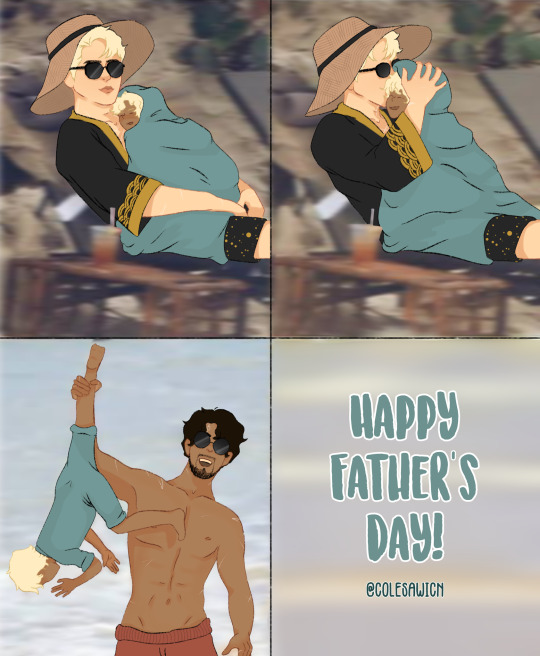
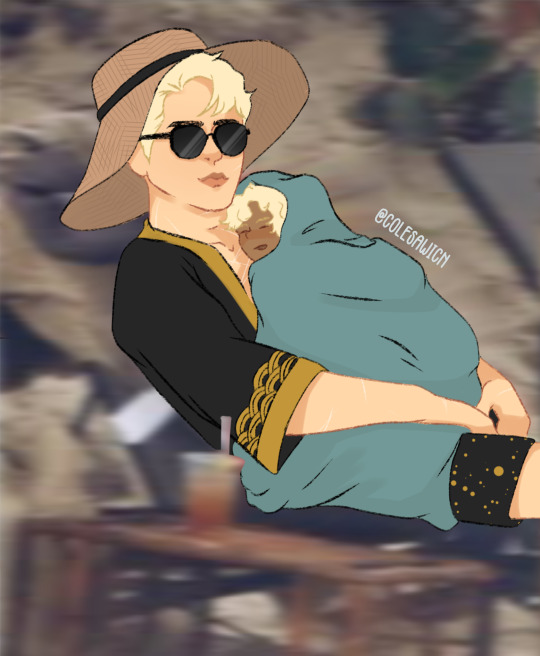
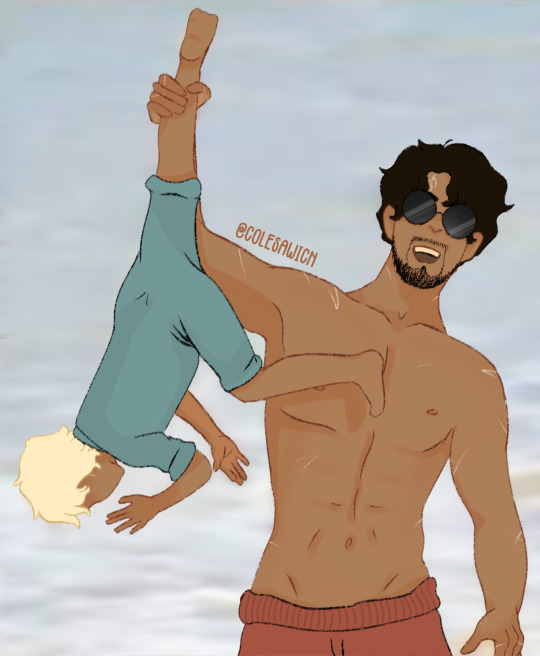

#drarry#i miss them please#yk what they say#behind every girl is a long history of drarry fics#dads!drarry my favorite drarry#i live for the domestic life of my traumatized skrunklies okay#they deserve the world#draco malfoy#harry potter#malfoy-potter#enemies to lovers#enemies to friends to lovers to husbands#happy father’s day#drarry fanart#hp
220 notes
·
View notes
Text
On March 9, 1977, Francine Hughes returned from business college to her Dansville, Michigan, home and put a frozen dinner in the oven for her husband, James. He didn't like it. Francine, he said, should be at home preparing meals for him, not running off to school. He beat her up, as he had done many times before; and to drive home his point he tore up her schoolbooks and term papers and forced her to burn them in the trash barrel. Twelve-year-old Christy Hughes called the police, who came to the house long enough to calm James down but declined, as they had many times before, to arrest him. They left James, tired from beating Francine, asleep in his bedroom. Determined to "just drive away," Francine piled the children into the family car. "Let's not come back this time, Mommy," they said. She carried a gasoline can to the bedroom, poured the contents around the bed where James lay asleep, backed out of the room, and set a match to it The rust of flame sucked the door shut.
Francine Hughes drove immediately to the Ingham County sheriffs office, crying hysterically, "I did it. I did it." She was charged with first-degree murder.
Dansville adjoins East Lansing, home of Michigan State University and consequently of many social-action groups. Within two months feminists and other interested people in the Lansing area had formed the Francine Hughes Defense Committee to raise money and public awareness for her defense. They were careful to say that they neither advocated nor condoned murder, but they held that women confronted with violence have a right to defend themselves. They argued that "Francine Hughes—and many other women facing similar charges—should be free from the threat of punishment," for Francine Hughes was a battered woman.
At the time wife-beating was a growing feminist issue, following close on the heels of feminist attacks upon rape, a crime it resembles in many ways. Both rape and wife-beating are crimes of violence against women. Both are widespread, underreported, trivialized, and inadequately punished by the legal system. Both are acts of terrorism intended to keep all women in their place through intimidation. In fact, rape is often part of wife abuse, though so far only a few states acknowledge even the possibility of rape within marriage. The chief difference between the two crimes is that while the victim of nonmarital rape must live with a terrifying memory, the abused wife lives with her assailant. Rapists are, in Susan Brownmiller's phrase, the "shock troops" of male supremacy. Wife-beaters are the home guard.
American feminists took up the issue of wife-beating when they learned in 1971 of the work of Erin Pizzey, founder of Chiswick Women's Aid, the first shelter house in England exclusively for battered women and their children. Rainbow Retreat, the first American shelter for abused families of alcoholics opened in Phoenix, Arizona, on November 1, 1973; and in St. Paul, Minnesota, Women's Advocates, a collective that began with a phone service in 1972, opened Women's House to battered women and their children in October 1974. Rainbow Retreat, during its first two and a half years, sheltered more than six hundred women and children. In St. Paul the five-bedroom Women's House sheltered twenty-two women and fifteen children during its first month of operation; less than a year later Women's Advocates were negotiating to buy a second house. Across the country the shelter movement spread to Pasadena, San Francisco, Seattle, Boise, Albuquerque, Pittsburgh, Ann Arbor, Boston, New York. To open a shelter was to fill it beyond capacity almost overnight. Suddenly it seemed that battered women were everywhere.
While activists opened shelters, researchers and writers set about documenting the problem of wife-beating or, as it came to be called more euphemistically in the academic literature, "domestic violence." The records showed that 60 percent of night calls in Atlanta concerned domestic disputes. In Fairfax County, Virginia, one of the nation's wealthiest counties, police received 4,073 disturbance calls in 1974. During ten months in 1975-76 the Dade County Florida Citizens Dispute Settlement Center handled nearly 1,000 wife-beating cases. Seventy percent of all assault cases received in the emergency room at hospitals in Boston and Omaha were women who had been attacked in their homes. Eighty percent of divorce cases in Wayne County, Michigan, involved charges of abuse. Ninety-nine percent of female Legal Aid clients in Milwaukee were abused by men.
The FBI guessed that a million women each year—women of every race and social class—would be victims of wife-beating. Journalists Roger Langley and Richard C. Levy put the figure at more than 28 million. Some said that one in four women married to or cohabiting with a man would become a victim; others said one in three. In some areas the incidence seemed even greater. In California the experts said one of every two women would be beaten. And in Omaha, the Mayor's Commission on the Status of Women estimated that 95 percent of women would be abused at some time. There scarcely seemed need of additional evidence, so the same statistics began to turn up in every new account, but repetitious as they were, they showed all too clearly that wife-beating is a social problem of astounding dimensions.
-Ann Jones, Women Who Kill
217 notes
·
View notes